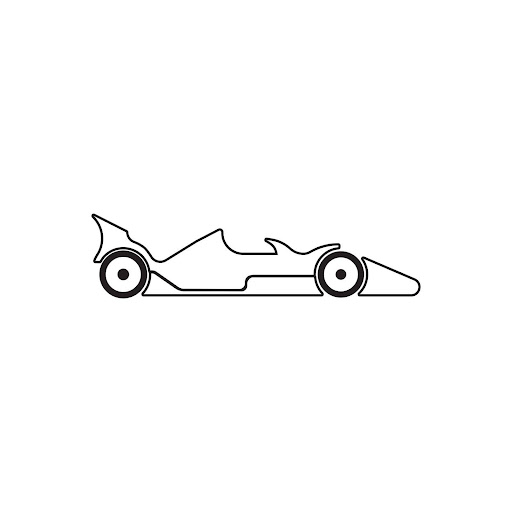As a Formula 1 enthusiast, I’ve spent years engrossed in the captivating world of this high-octane sport. The sheer speed, the remarkable engineering, the thrilling competition – it’s all part of a recipe that has kept me, and millions of others, hooked for decades. Among the most fascinating aspects of Formula 1 is the ceaseless evolution of the cars themselves. So, let’s delve deep and explore how Formula 1 cars have transformed over the years.
Early Years: The 1950s and 1960s
The early years of Formula 1 were marked by a raw simplicity that spoke volumes about the era. Cars were front-engined, sporting narrow tyres and minimal aerodynamics. They were rudimentary beasts, stripped down to their bare essentials. Safety measures were scant, reflecting a time when drivers flirted dangerously with risk each time they took to the track.
In those years, the sport was more about the daring of the drivers than the technology of the machines. The cars were challenging to handle, with drivers wrestling for control at every twist and turn. This period laid the groundwork for the technological revolution that was to follow.
The Aerodynamics Revolution: The 1970s and 1980s
As the sport moved into the 1970s and 1980s, the focus began to shift towards the aerodynamics of the vehicles. In a bid to increase downforce and improve grip, designers started to introduce wings into their designs. These not only altered the appearance of the cars but also their handling, making them faster and more efficient.
This period also saw the introduction of ground effect aerodynamics, a game-changing concept that transformed the sport. However, with these changes came challenges. The cars became more difficult to handle, requiring a higher level of skill and control from the drivers. It was an era of innovation, pushing the boundaries of what was possible in the realm of motorsport.
The High-Tech Era: The 1990s and 2000s
The advent of the 1990s and 2000s heralded a new age in Formula 1 – the High-Tech Era. This was a time when advanced electronics and materials began to take centre stage. Carbon fibre, with its high strength-to-weight ratio, became the material of choice for chassis construction.
Simultaneously, the introduction of semi-automatic gearboxes made gear changes faster and more efficient, contributing to the overall speed of the cars. Driver aids such as traction control and active suspension were also introduced, further enhancing the performance of the cars.
This period was characterised by a surge in aerodynamic complexity. The cars of this era were not only faster but also more sophisticated, a testament to the rapid advances in technology within the sport.
The Hybrid Era: 2010s to Present
The most recent era of Formula 1 has been defined by the advent of hybrid power units. These marvels of engineering combine a traditional internal combustion engine with an energy recovery system, making the cars faster and more efficient than ever before.
This era has also seen a shift towards sustainability. Efforts have been made to reduce the environmental impact of the sport, reflecting a growing awareness of the need for responsible practices within motorsport.
Conclusion
The evolution of Formula 1 cars is a remarkable journey that mirrors both the progress of technology and the changing priorities of the sport. As we look to the future, it’s exciting to speculate on the next innovations that will shape the Formula 1 cars of tomorrow. Will we see fully electric F1 cars? Or perhaps advances in AI will lead to autonomous racers? Only time will tell. But one thing is certain – the evolution of Formula 1 cars will continue to captivate and inspire us in the years to come.
Written by Gareth Booth


Leave a Reply